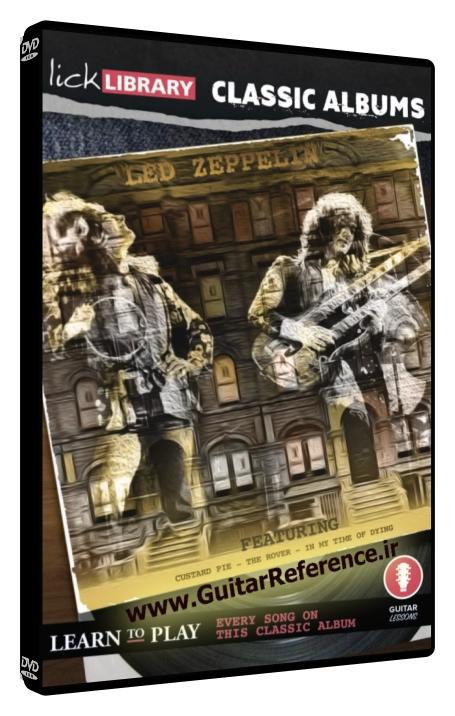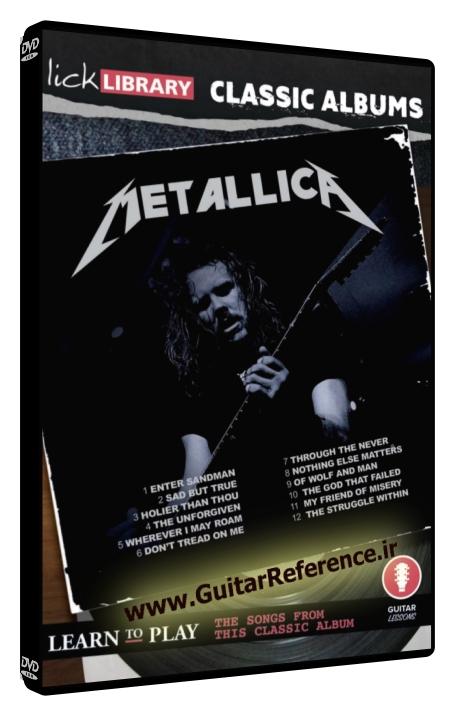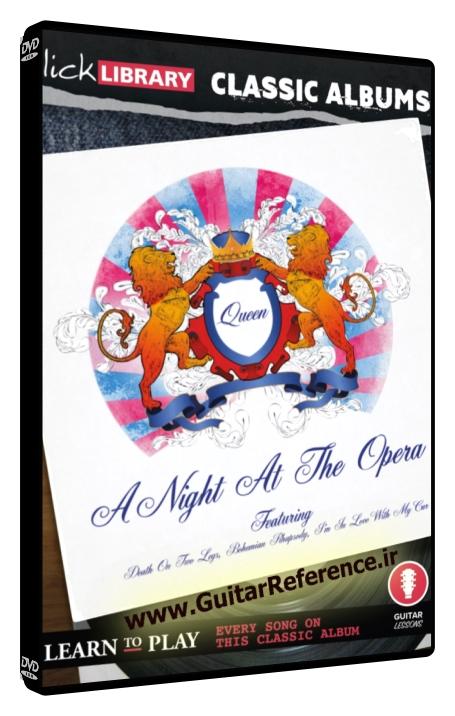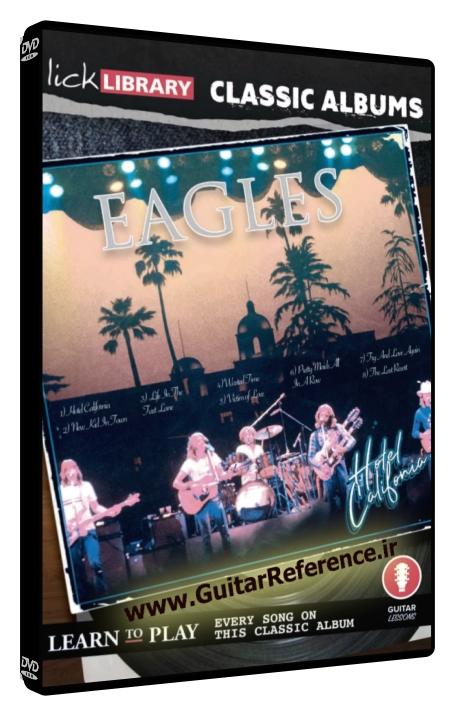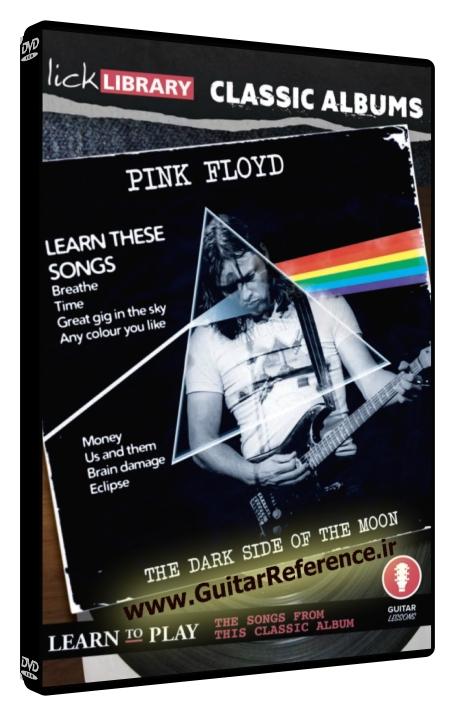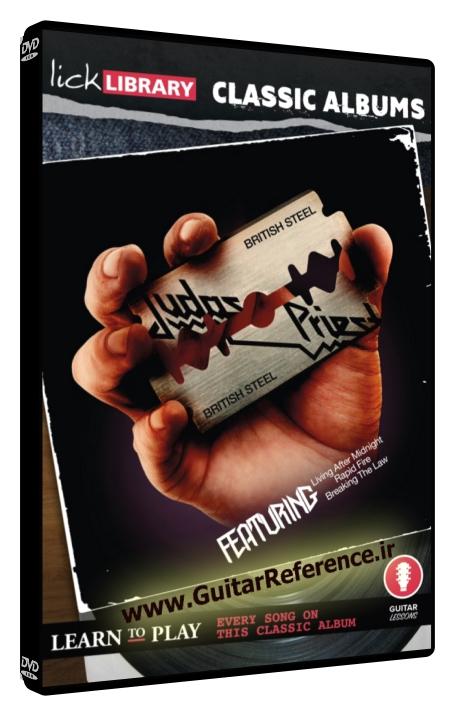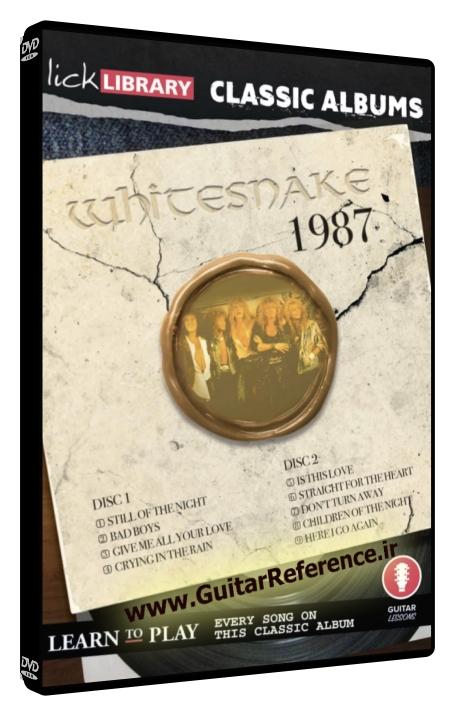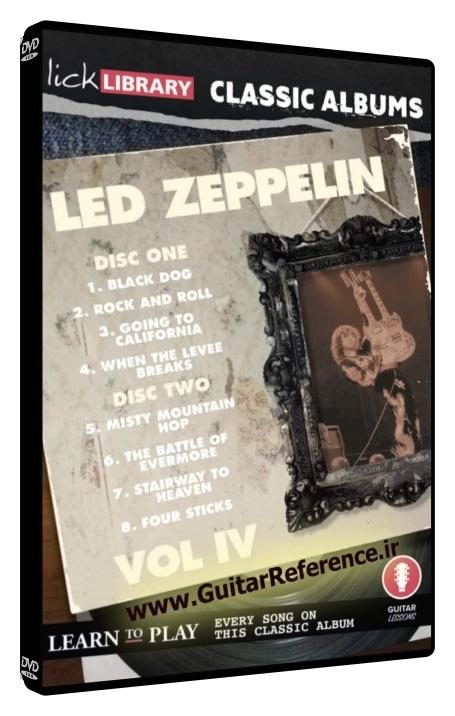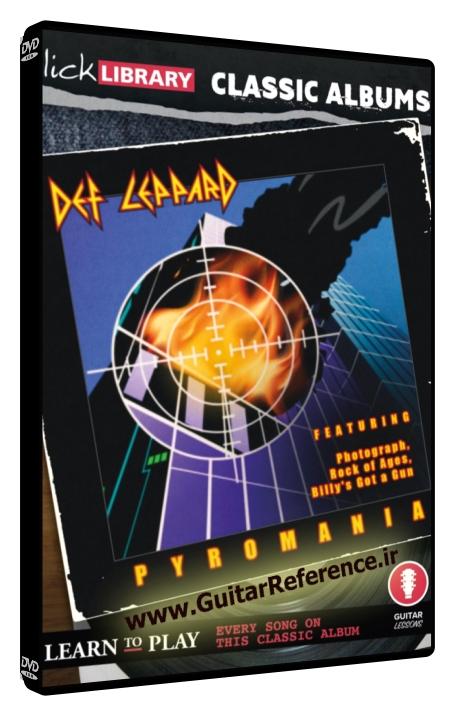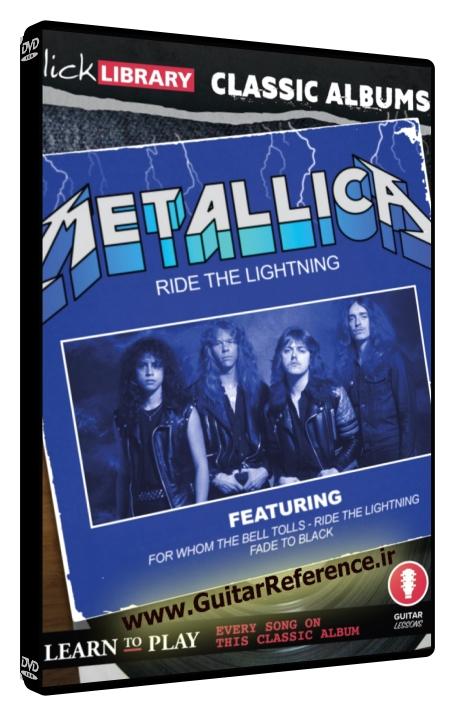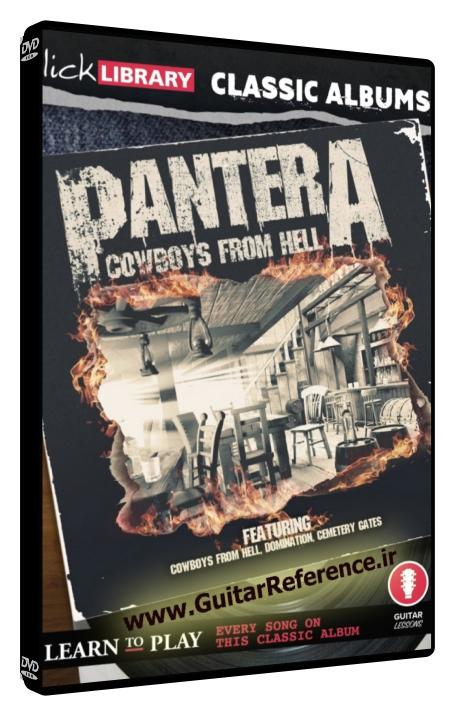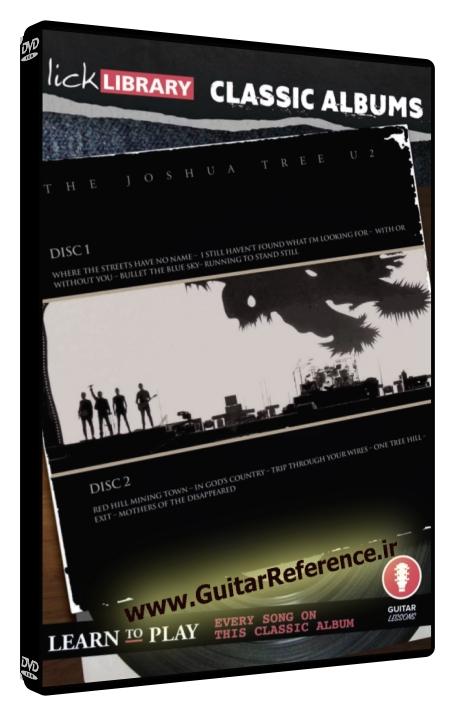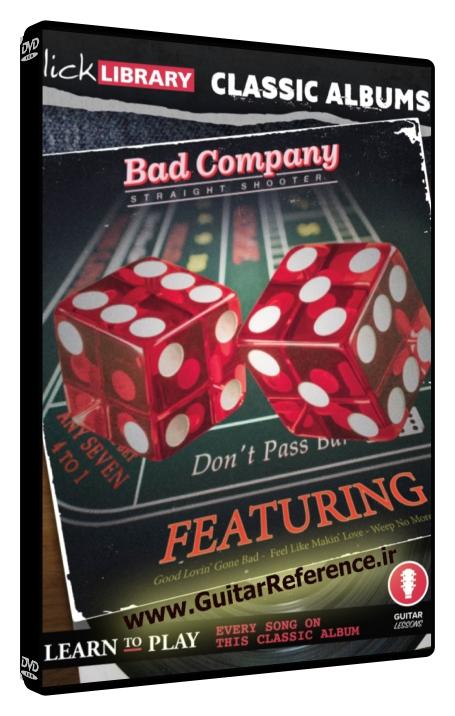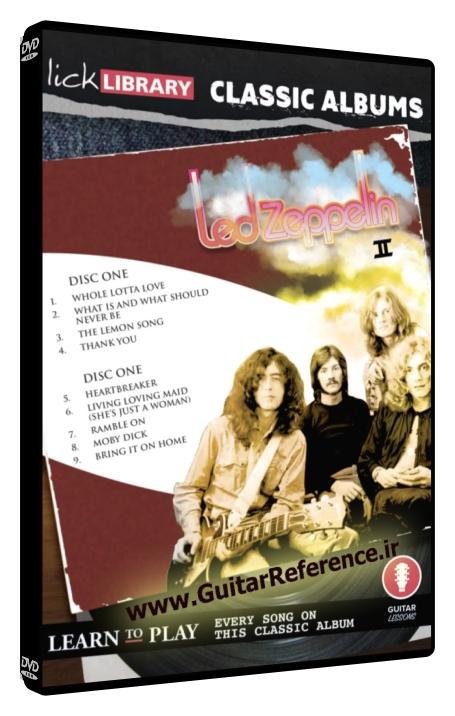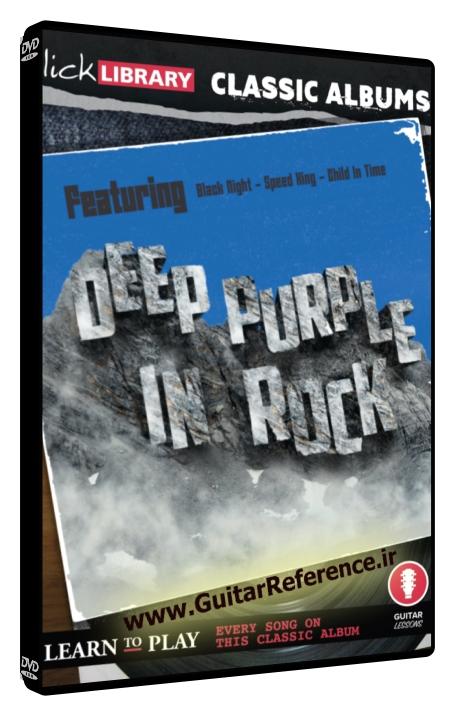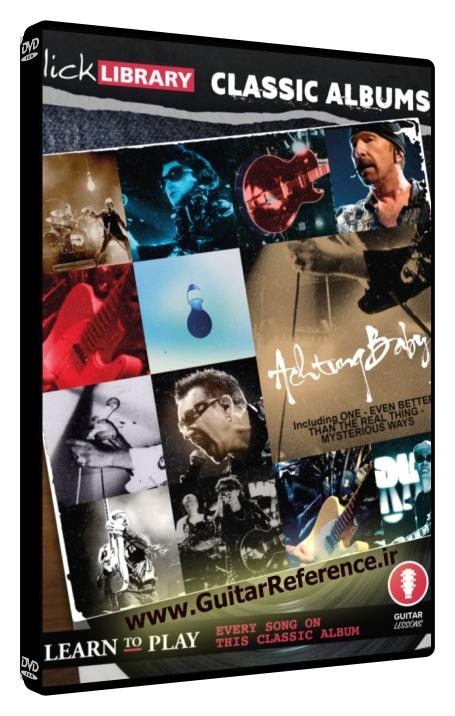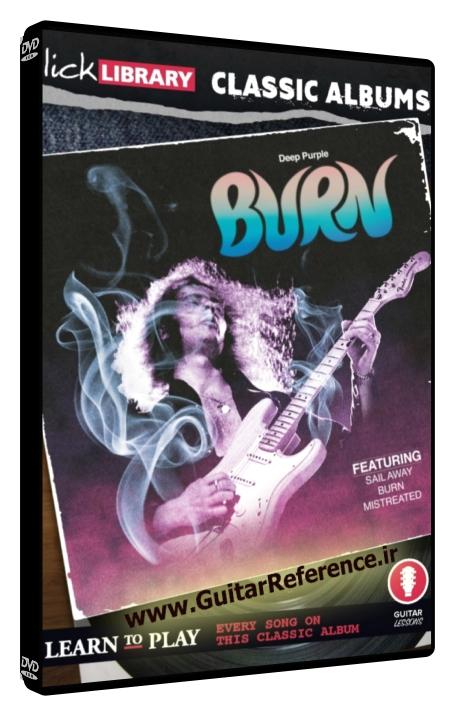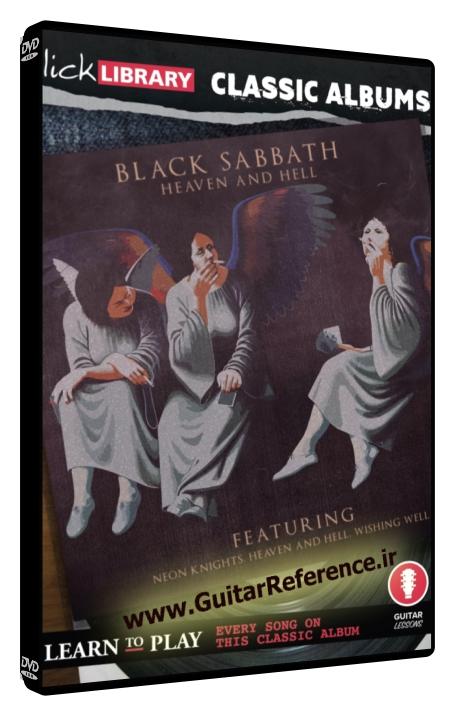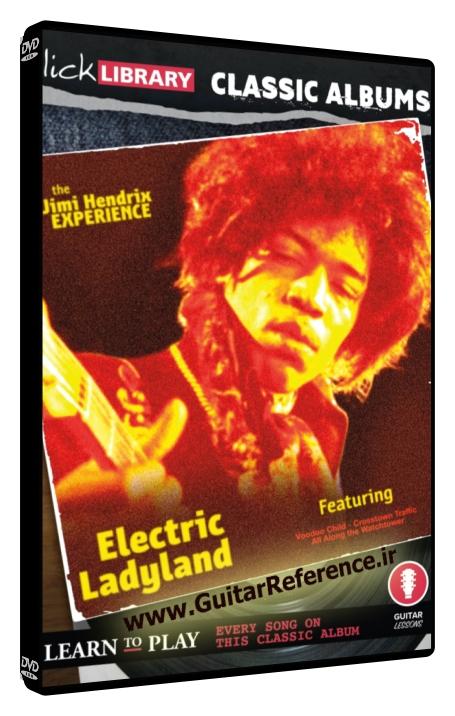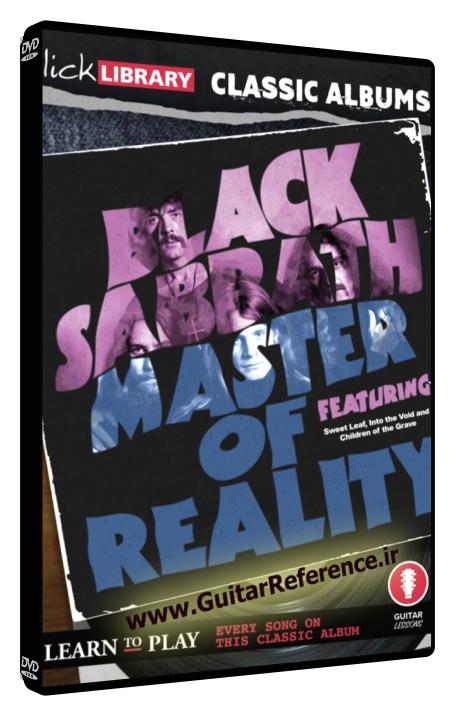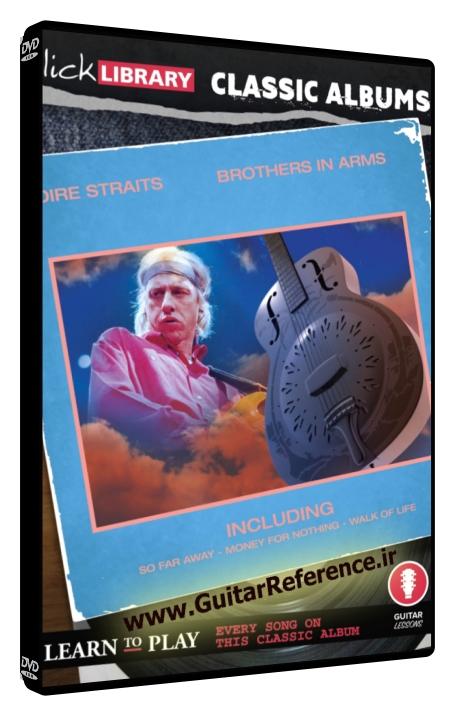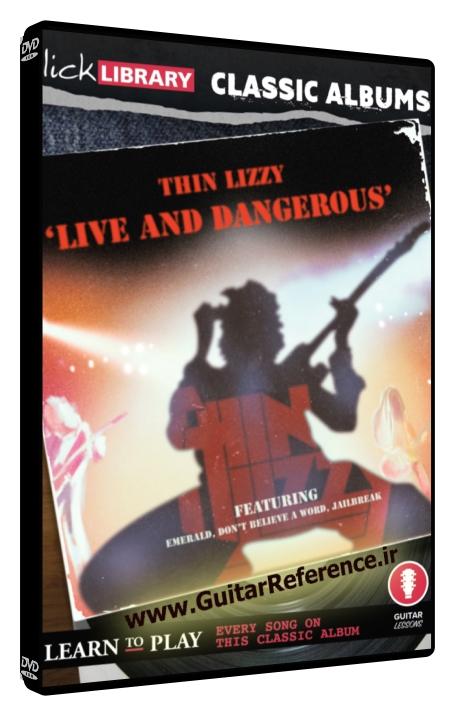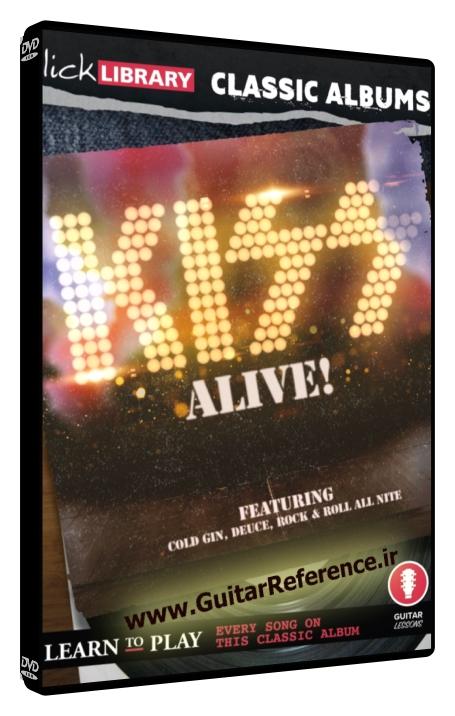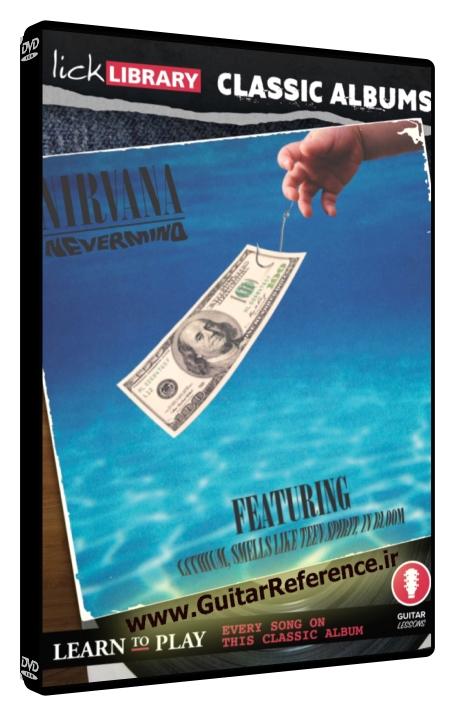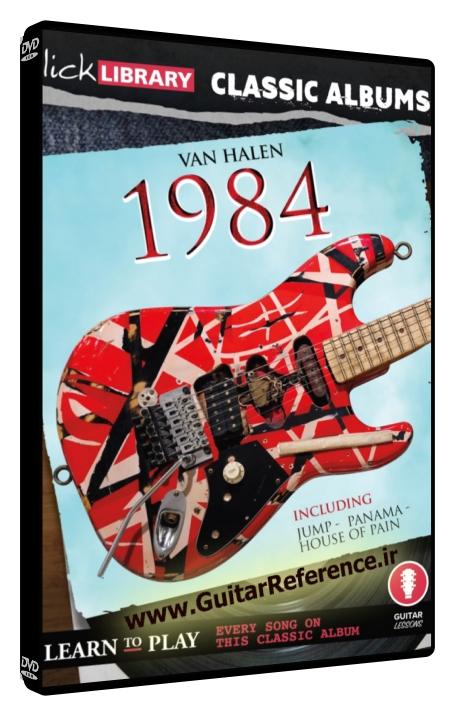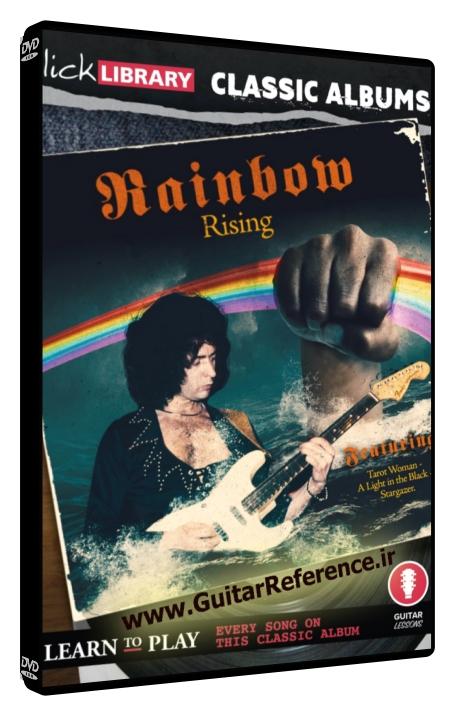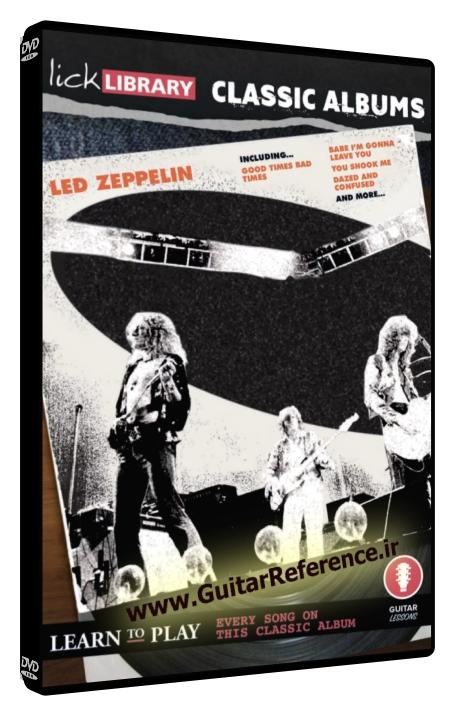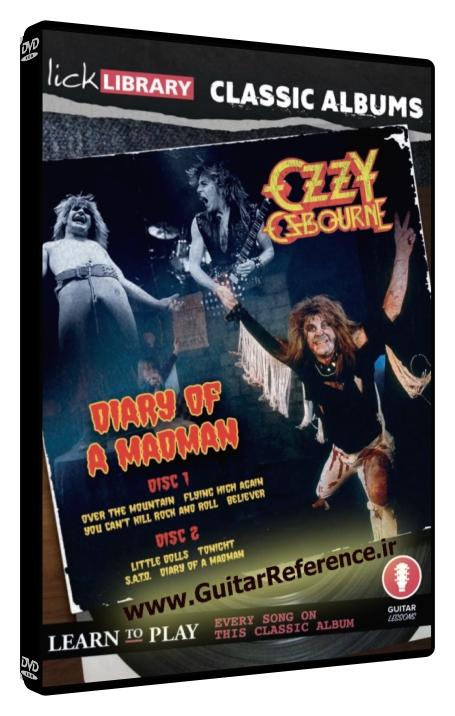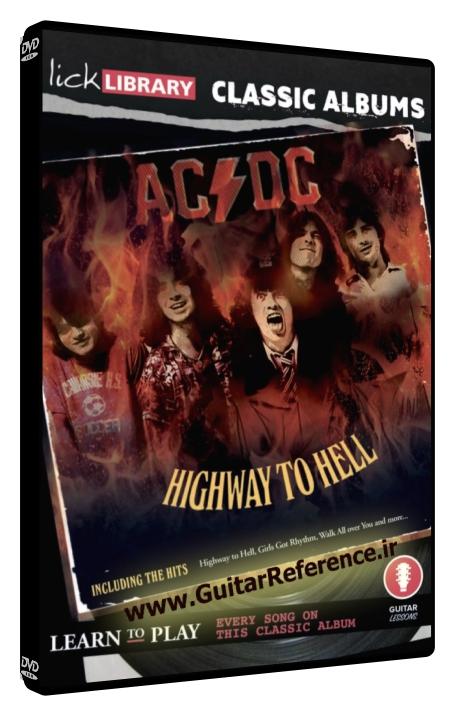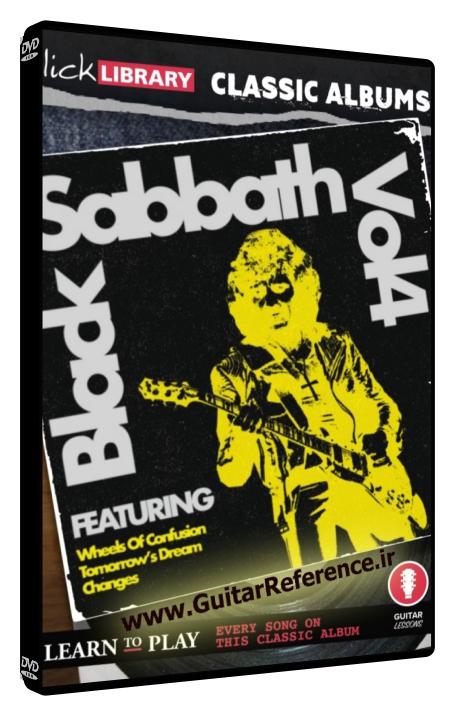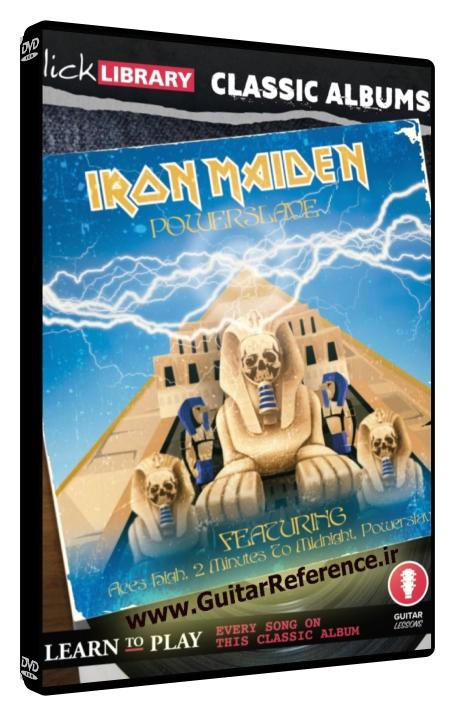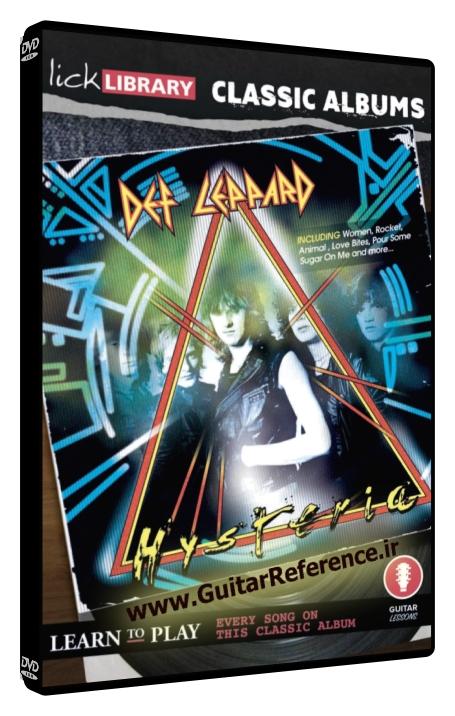Classic Albums – Physical Graffiti (Led Zeppelin)
by Danny Gill
Product Size: 2.35 GB (WEBRIP)
37.99 $ 3.99 $
Description
“Physical Graffiti” by Led Zeppelin – An Analysis for Guitarists
“Physical Graffiti” is a monumental album in rock music history, released by Led Zeppelin in 1975. Comprising a variety of musical styles, the album showcases the genius of guitarist Jimmy Page, and is a prime example of his innovative approach to guitar playing. Making its debut at number one on album charts in both the US and the UK and certified 16× platinum in the United States alone, Led Zeppelin’s Physical Graffiti (Released on 24 February 1975) is one of the bands strongest albums marking the artistic peak of their career.
In this guitar lesson course, LickLibrary veteran, Danny Gill walks you through the many highlights of each song from the rock giants one phrase at a time, including Jimmy Page’s legendary guitar riffs and lead lines from the tracks; “Trampled Under Foot” and “In My Time Of Dying”, to the iconic “Kashmir”.
Guitar Lessons in This Course
• Custard Pie
• The Rover
• In My Time Of Dying
• Houses Of The Holy
• Trampled Under Foot
• Kashmir
• In The Light
• Bron-Yr-Aur
• Down By the Seaside
• Ten Years Gone
• Night Flight
• The Wanton Song
• Boogie With Stu
• Black Country Woman
• Sick Again
Guitar Lesson 1: “Custard Pie”
The album opens with a bluesy swagger, driven by a heavy riff. The main riff utilizes the E Mixolydian scale, and the solo showcases Page’s signature blend of string bending and vibrato. There is a use of palm muting that adds a rhythmic crunch to the sound.
Guitar Lesson 2: “The Rover”
Built around an A major chord progression, “The Rover” features a memorable riff with a combination of power chords and slides. The solo is played using the A major pentatonic scale, incorporating bends and legato phrasing.
Guitar Lesson 3: “In My Time of Dying”
An open tuning of D-G-D-G-B-D brings a unique sonic texture to this song. Slide guitar is prominent throughout, following a blues scale, showcasing Page’s mastery of alternate picking and a soulful use of harmonics.
Guitar Lesson 4: “Houses of the Holy”
An example of the E Dorian scale, this track blends power chords with funk rhythms. Techniques include slides and double-stops, providing a lively danceable groove.
Guitar Lesson 5: “Trampled Under Foot”
With a riff inspired by the clavinet part on Stevie Wonder’s “Superstition,” the song employs a D minor pentatonic scale. The solo incorporates hammer-ons and pull-offs and is full of energy and syncopated rhythms.
Guitar Lesson 6: “Kashmir”
Arguably the highlight of the album, “Kashmir” features a DADGAD tuning and a cyclic riff that uses chromaticism. The orchestration adds a sense of grandeur, and the guitar solo employs an array of techniques, including sustain and rakes.
Guitar Lesson 7: “In the Light”
Employing alternate tunings and finger-picking, this song is a diverse tapestry of sound. Page’s use of an E Dorian scale during the solo gives an exotic flavor.
Guitar Lesson 8: “Bron-Yr-Aur”
A fingerstyle acoustic piece, played in an open C6 tuning (C-A-C-G-C-E). The intricate finger-picking demonstrates Page’s skill in both finger-picking and slide.
Guitar Lesson 9: “Down by the Seaside”
Utilizing the A major scale and Travis picking, this song is a softer, more melodic offering. The solo makes extensive use of bends and slides.
Guitar Lesson 10: “Ten Years Gone”
A beautiful blend of chords, arpeggios, and intricate layering makes this a standout track. The solo, using the A minor scale, showcases hammer-ons and pull-offs.
Guitar Lesson 11: “Night Flight”
A rock and roll gem, the song employs barre chords and a driving rhythm. The solo in the E major scale adds string bending and double-stops for embellishment.
Guitar Lesson 12: “The Wanton Song”
An intense rock track employing the E minor scale, the song features alternate picking and palm muting techniques.
Guitar Lesson 13: “Boogie with Stu”
A playful, boogie-woogie track that highlights Page’s prowess in hybrid picking and syncopated rhythms, following a basic 12-bar blues pattern in E.
Guitar Lesson 14: “Black Country Woman”
A folky number using open-string riffs and alternate picking, it employs a G major scale.
Guitar Lesson 15: “Sick Again”
The closing track, full of energy, incorporates the A minor pentatonic scale, with extensive use of bends and pull-offs.
Lead Guitarist: Jimmy Page
Jimmy Page’s contribution to this album is monumental. His ability to switch between styles, scales, and techniques is unparalleled. The way he employs various scales like Mixolydian, Pentatonic, Dorian, and Blues shows his deep understanding of music theory and composition. His solos are full of energy and expression, often exploring new sounds through altered tunings and novel chord progressions.
List of Guitar Techniques Used in This Album
• Vibrato
• Alternate Picking
• Legato
• Harmonics
• Pull-offs
• Power Chords
• Palm Muting
• Barre Chords
• Slides
• Syncopated Rhythms
• Open-String Riffs
• Chromaticism
• Altered Tunings
